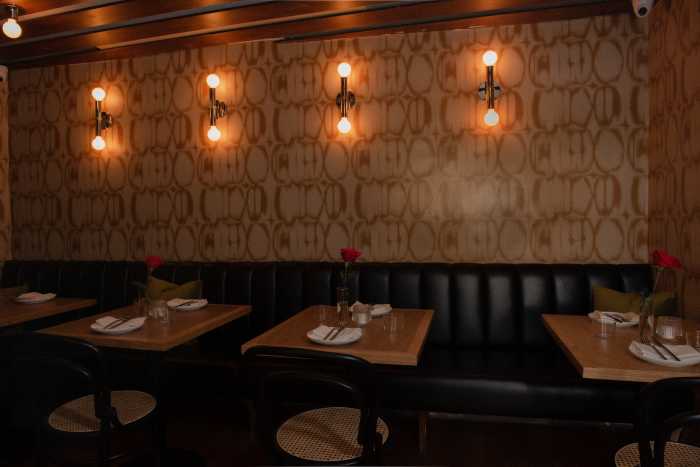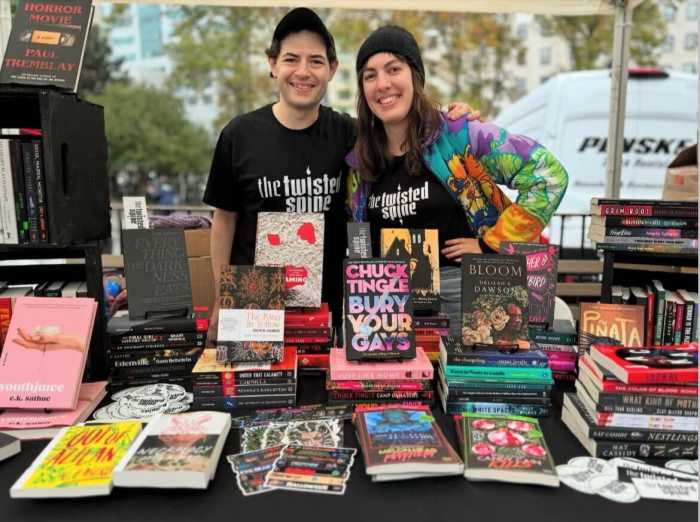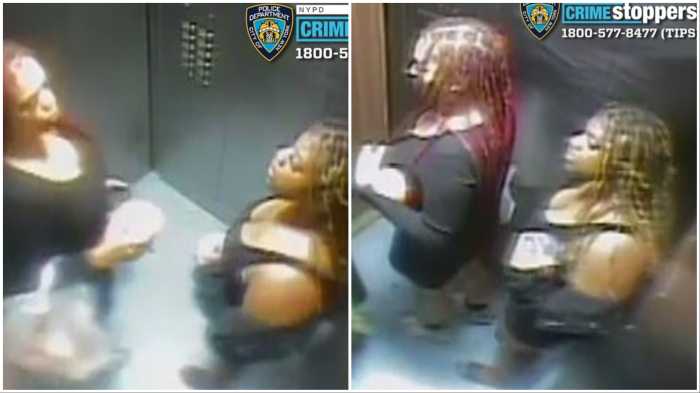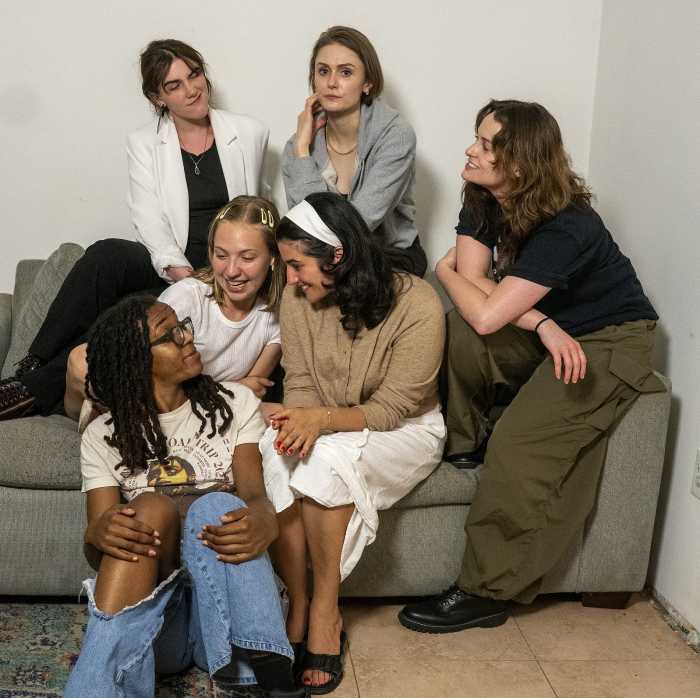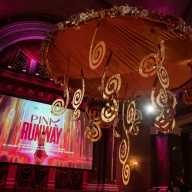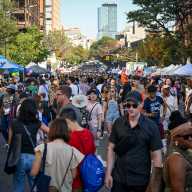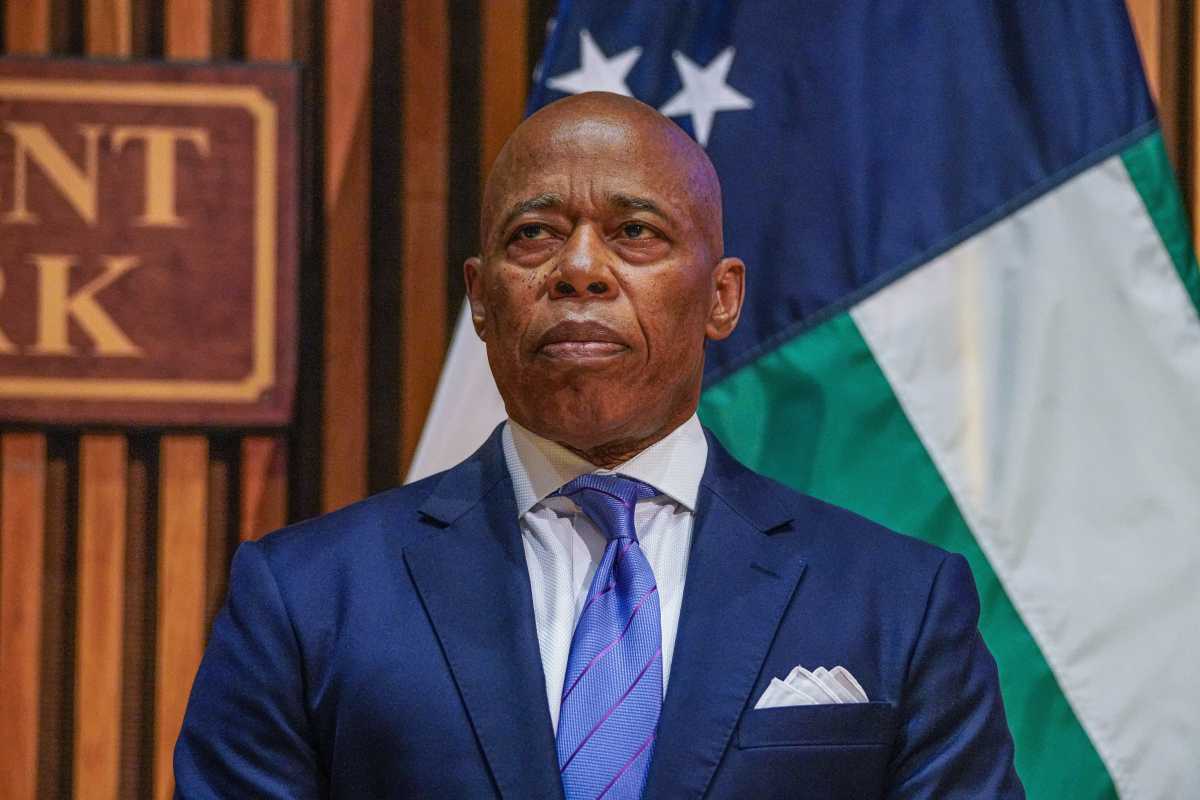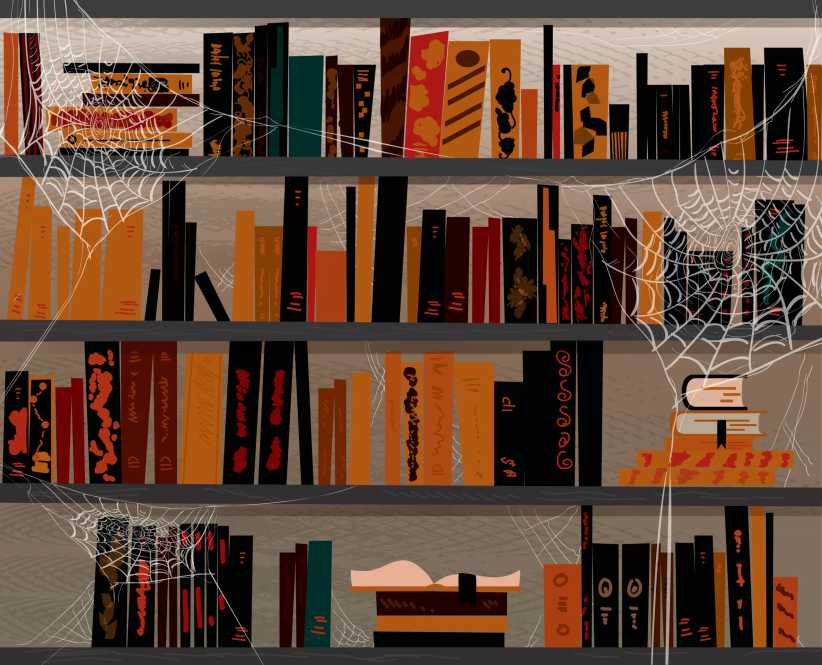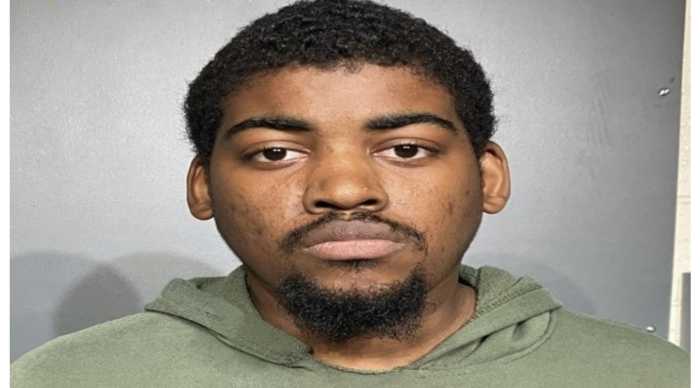Pardon north side residents their skepticism about the L line being ranked the city’s best in the latest Straphanger’s Campaign report.
Many area commuters who deal with the Bedford Avenue station’s overcrowded platforms and stations have a difficult time buying the L as an exemplar of urban efficiency.
“If you want to get on the train between 8:30 and 9 [in the morning] on a weekday, you’ll probably have to wait for a couple trains to go by before you squeeze in,” said Evan Thies, a Community Board 1 member who commutes to Manhattan from the Bedford Avenue stop.
“And sitting down is not an option, no matter what time of morning it is on a weekday,” he added.
But with a score of $1.40 out of a possible $2.00 – the price of a one-way MetroCard fare – the L was the highest-ranked line by a considerable margin, easily defeating the second-place 7, which pulled in at $1.30.
To meet the demand of its large ridership, the L is scheduled to come every 3 minutes and 30 seconds during morning rush, the fourth most often of any line and well below the system average of 5-and-a-half minutes. During evening rush, the L comes every 4 minutes, tied for the fourth best in a system in which the average interval is 5 minute and 45 seconds.
Scheduled service improved markedly last October when the MTA added 23 round trips to the L line during weekdays and more than 30 on weekend days.
The L also got high marks for its regularity of service, or the percentage of trains that arrive without “bunching” or service gaps. Ninety-two percent of L trains arrive at regular intervals, compared to 86 percent for the subway system as a whole.
In addition, the L train’s new cars break down much less often than those of the average line. An L car breaks down every 246,000 miles, compared to the system-average of 150,000.
The L is also the second cleanest in the city. 92 percent of its cars are clean, compared to the average of 87 percent.
The cleanliness of L cars is largely attributable to the MTA’s decision in 2007 to add 60 car cleaners to the L and the 7 lines, more than tripling each line’s cleaners. The new program costs about $10 million annually.
Also, both the L and the 7 lines – the top two finishers – participate in a pilot program under which they are run by line general managers with greater autonomy and interaction with riders than elsewhere in the subway system.
The line’s one glaring weakness was its overcrowded conditions. According to the report, 28 percent of riders can get a seat on the line during rush hour at its most crowded station.
But riders seem to think this figure, which was calculated based on 2006 statistics, is way too rosy a representation of their reality.
“There’s more like a zero percent chance I get a seat,” said John Campo, a North 9th Street resident, when told of the 28 percent figure last Friday morning at the Bedford Avenue station.
“Have they been here during rush hour? This place is a zoo.”
Said Thies: “Just during the last two years, we’ve had a significant increase in ridership, and it will only get more crowded. The area around the Bedford Avenue stop is one of the hottest real estate communities in the world. And it’s going to spread east to Bushwick and all the way along the L line.”
According to a MTA report released last May, these overcrowding conditions will probably not be alleviated until January 2010.
At that point, 64 specially equipped subway cars capable of accommodating the line’s computerized control system will be ready. With these new trains, the MTA will be able to run an as many as 26 trains per hour during peak times, which works out to one train every 2 minutes and 18 seconds.


